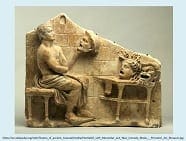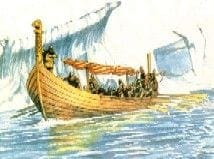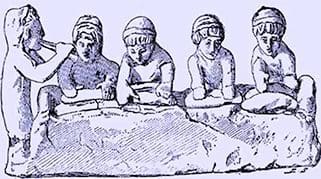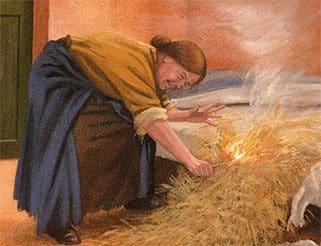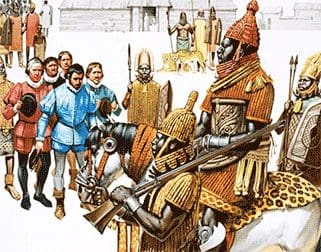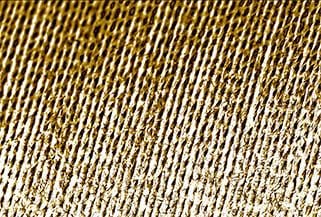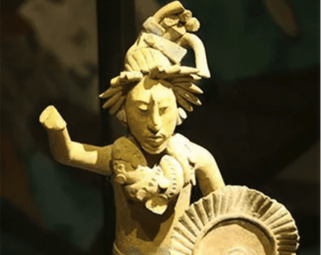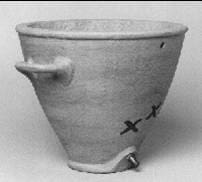
Nobody would seriously doubt the value of using artefacts in history at Key Stage 1, but at Key Stage 2 they are used far less regularly. In part, this reflects the need to work on more text-based material, and in part a question of availability and desirability, especially when teaching about two ancient civilizations of Ancient Greece and Egypt when clearly you are forced to use replicas virtually all the time. Even with the two early British history units on Roman and Tudor Britain finding suitable, affordable artefacts, even in replica form is difficult. So what is the answer? Do we restrict their use merely to the ‘Victorian Britain‘ and ‘Britain since the 1930s’ units or do we attempt to get hold of replica items?
Obtaining artefacts
If I were you, I would be very reluctant to splash out a lot of the history budget on lots of

